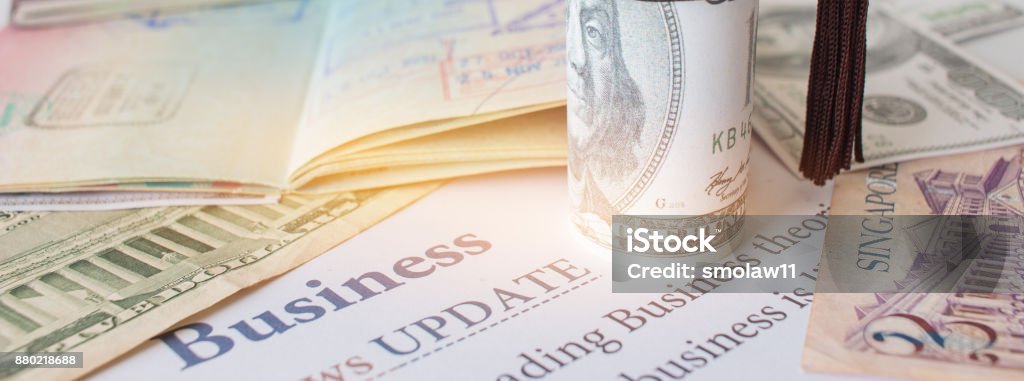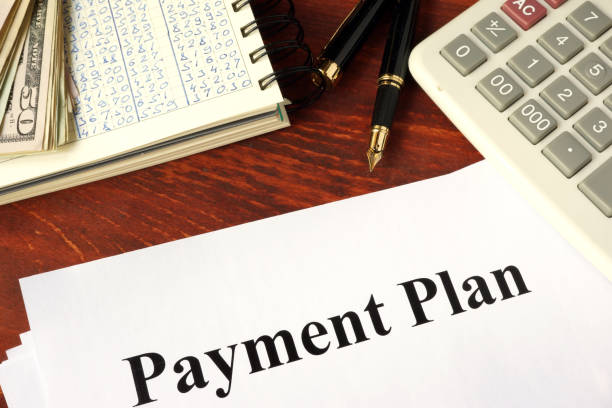Overdraft debt can quickly become a financial burden, especially if fees and charges accumulate due to missed repayments or excessive borrowing. If you’re struggling with overdraft fees, there are several strategies you can use to reduce your debt and regain control of your finances. Here’s a guide on managing overdraft debt and how to minimize the associated costs.
1. Review Your Bank Statements Regularly
The first step in managing your overdraft debt is to stay on top of your bank statements. Regularly reviewing your financial activity can help you spot any unnecessary fees or charges. By identifying patterns of overdraft usage, you can take proactive steps to avoid future penalties. If you find that your bank is charging excessive fees for going into overdraft, you might want to consider switching to an account with lower or no overdraft fees.
2. Negotiate with Your Bank
If you’ve found yourself regularly using your overdraft, contact your bank to discuss the possibility of reducing or removing fees. Many banks offer overdraft protection plans that can be a lifeline in emergency situations. You may also be able to negotiate for a reduced overdraft limit or request a temporary freeze on any fees. In some cases, banks are willing to be flexible, especially if you have been a loyal customer.
3. Switch to a 0% Interest Loan
If your overdraft is getting out of hand, consolidating your debt with a 0% interest loan could be a smart move. This allows you to pay off your overdraft balance without incurring interest, which can significantly reduce your overall debt. Loans for debt consolidation are available through various lenders, and they can provide you with a clearer repayment plan. Alternatively, you can also explore consolidating credit card debt to reduce the pressure from multiple high-interest debts.
For more on consolidating credit card debt and exploring loan options, visit Apply for IVA.
4. Create a Budget and Stick to It
One of the most effective ways to avoid overdraft debt is by creating and sticking to a realistic budget. This will help you manage your expenses more effectively and avoid going into overdraft in the future. Focus on essential spending, and always leave a buffer in your account to ensure you’re not caught by surprise with an unexpected expense.
5. Set Up Alerts and Notifications
Most banks offer alert systems that notify you when your account is nearing its overdraft limit. Setting up these alerts can help you avoid incurring fees or charges due to overspending. Additionally, some banks allow you to set automatic payments that ensure your account remains positive, preventing overdrafts altogether.
6. Explore Alternative Solutions like Bankruptcy or IVA
If your overdraft debt has escalated and you’re facing financial hardship, there are options available such as bankruptcy or an Individual Voluntary Arrangement (IVA). These solutions can provide relief by restructuring your debt and potentially reducing the amount you owe. An IVA, in particular, can help you manage overdraft debt, credit cards, and even payday loan debt, offering a formal repayment plan that works within your financial means.
By following these strategies, you can reduce the burden of overdraft debt and avoid the high costs associated with fees and charges. With careful planning and management, it’s possible to regain control over your finances and move towards financial stability.
Check if you qualify for IVA#OverdraftDebt #DebtManagement #FinancialFreedom #CreditCards #Loan #ConsolidatingCreditCardDebt #PaydayLoanDebt #Bankruptcy #IVASolutions #DebtRelief #ReducingFeesAndCharges #InterestLoan





